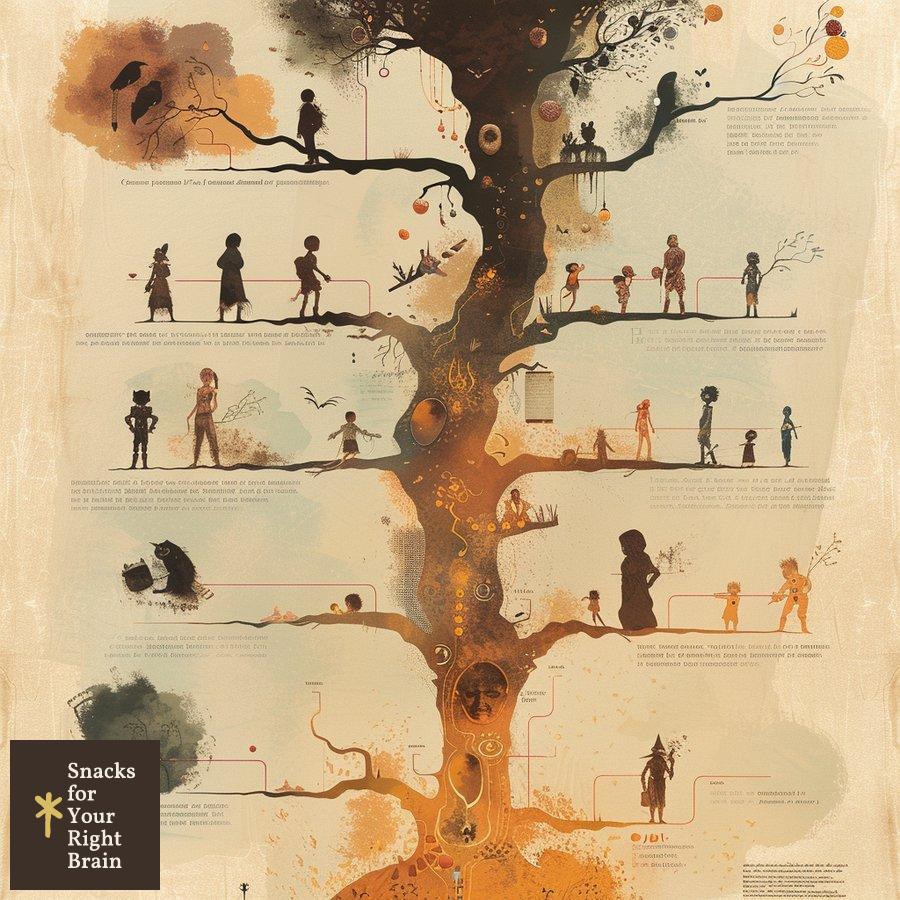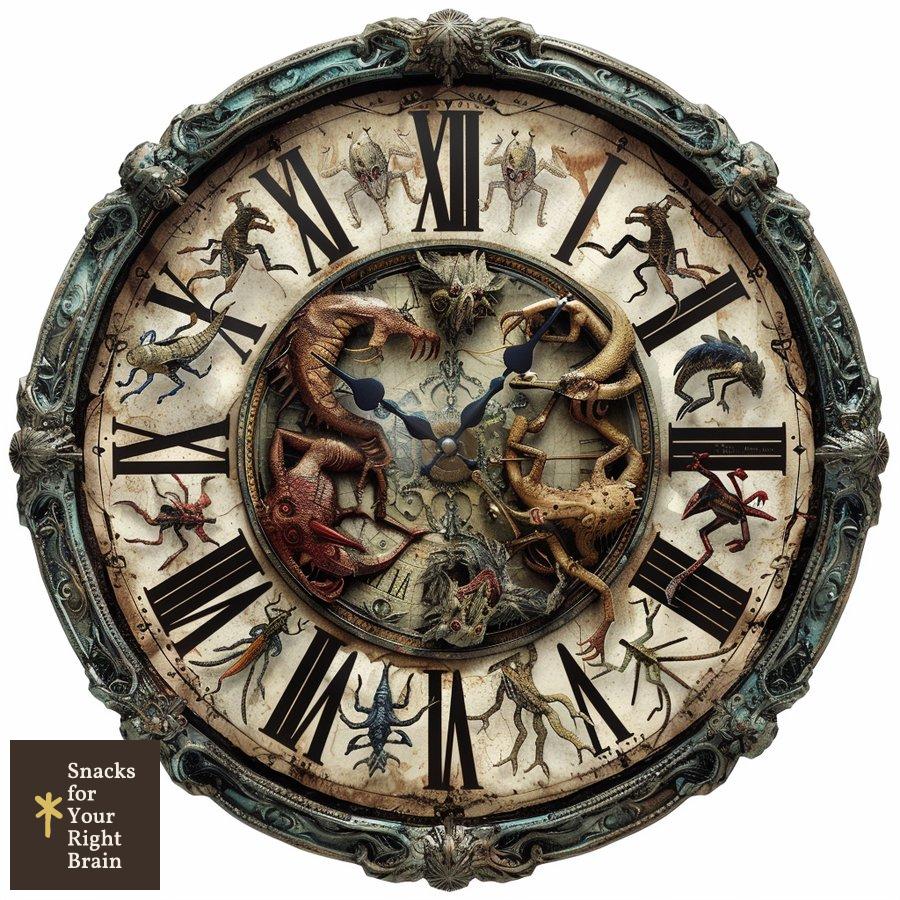What Is the Story Structure of an Ensemble
What defines an ensemble story?


An ensemble story is characterized by a narrative structure that features multiple protagonists, each contributing significantly to the plot and character development. Unlike traditional narratives that focus on a singular hero or heroine, ensemble stories distribute the narrative weight among various characters, allowing for a richer exploration of themes, relationships, and conflicts.
Core Features of Ensemble Stories
-
Multiple Protagonists: Each character has their own arc and importance, making them integral to the narrative.
-
Interconnected Storylines: The characters’ paths often intersect, creating a web of relationships that enhances the complexity of the plot.
-
Shared Themes: Ensemble stories often revolve around common themes that resonate through the experiences of different characters, providing a multifaceted perspective on the narrative.
Examples of Ensemble Stories
Notable examples of ensemble stories include:
-
Game of Thrones: This series showcases a vast array of characters, each with their own motivations and arcs, set against the backdrop of political intrigue and warfare.
-
The Avengers: Each superhero has distinct abilities and personal stakes, contributing to the overall mission while also dealing with their individual conflicts.
-
Little Women: The story explores the lives of the four March sisters, each representing different aspirations and challenges, while their relationships with one another drive the narrative forward.
How do ensemble structures differ from single-protagonist narratives?

Ensemble structures present unique storytelling dynamics compared to single-protagonist narratives. The primary distinctions include:
-
Character Focus: Single-protagonist narratives center around one character’s journey, allowing for deep emotional investment and character development. In contrast, ensemble stories require balancing multiple character arcs, which can dilute focus but also enrich the narrative.
-
Plot Complexity: With multiple protagonists, ensemble stories often feature intricate plots with several intertwining storylines. This complexity can create a more layered narrative but poses challenges in maintaining clarity and coherence.
-
Theme Exploration: Ensemble stories can explore themes from various perspectives, offering a broader understanding of the narrative’s core issues. Single-protagonist narratives typically present a singular viewpoint, which may limit thematic depth.
| Aspect | Ensemble Structures | Single-Protagonist Narratives |
|---|---|---|
| Character Focus | Multiple protagonists with individual arcs | Central focus on one protagonist |
| Plot Complexity | Intertwined storylines and relationships | Simpler, more linear plot structure |
| Theme Exploration | Diverse perspectives on shared themes | Singular viewpoint on themes |
What are the core elements of ensemble story structure?
The core elements of ensemble story structure include:
-
Character Development: Each character should have a well-defined arc that contributes to the overall narrative. This involves creating distinct personalities, motivations, and conflicts that resonate with the audience.
-
Plotlines: Ensemble stories often feature multiple plotlines that can be categorized as external (action-driven), internal (character-driven), and relational (interpersonal dynamics). Balancing these plotlines is essential for maintaining narrative momentum.
-
Setting: A cohesive setting that connects the characters is vital. It serves as a backdrop for their interactions and conflicts, enhancing the story’s emotional impact.
-
Conflict: Central to any narrative, conflict in ensemble stories can arise from character interactions, external challenges, or internal struggles. The resolution of these conflicts should contribute to character growth and thematic depth.
Table: Core Elements of Ensemble Story Structure
| Element | Description |
|---|---|
| Character Development | Individual arcs that contribute to the narrative |
| Plotlines | External, internal, and relational dynamics |
| Setting | A cohesive backdrop for character interactions |
| Conflict | Central challenges driving character growth |
Which types of ensemble structures are commonly used?
Ensemble stories can be categorized into various structures based on their narrative focus and character dynamics. Common types include:
-
Friend Group Dynamics: Stories that revolve around a close-knit group of friends, where each character’s journey is intertwined with the others. Examples include Friends and The Breakfast Club.
-
Family Saga: These narratives explore the relationships and conflicts within a family, showcasing how individual arcs affect the collective. This Is Us is a prime example.
-
Workplace Ensemble: Set in professional environments, these stories highlight the dynamics between colleagues. Examples include The Office and Parks and Recreation.
-
Adventure/Quest Teams: Characters come together for a common goal, often facing external challenges. Examples include The Lord of the Rings and Guardians of the Galaxy.
How is character development managed in ensemble stories?
Character development in ensemble stories requires careful planning to ensure that each character is fully realized and contributes meaningfully to the narrative. Strategies for effective character development include:

-
Distinct Character Arcs: Each character should have a unique arc that reflects their personal journey, goals, and challenges. This can be achieved through individual backstories and motivations.
-
Interpersonal Relationships: The dynamics between characters can drive development. Relationships should evolve throughout the story, impacting each character’s growth and decisions.
-
Balanced Screen Time: Ensuring that all characters receive adequate attention is crucial. This can be managed by rotating focus between characters in different scenes or chapters.
-
Character Introductions: Effective introductions help establish character identity and significance early in the narrative. Unique traits, dialogue styles, and visual cues can make characters memorable.
What techniques are used for plot progression in ensemble narratives?
Plot progression in ensemble narratives can be enhanced through various techniques that maintain engagement and coherence. Key techniques include:

-
Interwoven Plotlines: Multiple plotlines should intersect and influence one another, creating a sense of unity within the narrative. This can involve characters’ actions affecting others’ arcs.
-
Cliffhangers and Reveals: Utilizing cliffhangers at the end of chapters or episodes can maintain suspense and encourage audience investment in multiple storylines.
-
Pacing: Balancing the pacing between different character arcs is essential. This can involve alternating focus between characters to keep the narrative dynamic and engaging.
-
Thematic Resonance: Ensuring that plot developments align with the overarching themes of the story can create a cohesive narrative experience. Each character’s journey should contribute to the central message.
How is thematic unity achieved across multiple storylines?
Achieving thematic unity in ensemble stories involves weaving a consistent message throughout the various character arcs and plotlines. Strategies for maintaining thematic coherence include:

-
Shared Goals: Characters should have common objectives or struggles that reflect the central theme. This can create a sense of purpose and connection among the characters.
-
Symbolism and Motifs: Utilizing recurring symbols or motifs can reinforce themes across different storylines. This can be visual, verbal, or situational, providing depth to the narrative.
-
Character Reflections: Characters can serve as mirrors for one another, reflecting different aspects of the same theme. Their interactions and conflicts can highlight the theme’s complexity.
-
Resolution of Arcs: The conclusion of individual character arcs should tie back to the central theme, providing a satisfying resolution that resonates with the audience.
What are the main challenges in crafting ensemble stories?
Crafting ensemble stories presents several challenges that writers must navigate to create a cohesive and engaging narrative. Key challenges include:
-
Balancing Character Focus: Ensuring that all characters receive adequate development and attention can be difficult, especially when juggling multiple arcs. Writers must find a balance to avoid overshadowing any character.
-
Maintaining Narrative Clarity: With multiple plotlines, maintaining clarity and coherence can be challenging. Writers must ensure that the audience can follow the story without becoming confused by the various threads.
-
Avoiding Stereotypes: Ensemble stories risk falling into the trap of using clichéd character types. Writers should strive to create unique, multidimensional characters that defy stereotypes.
-
Pacing Issues: Managing the pacing of the narrative to keep it engaging while allowing for character development can be complex. Writers must carefully plan the progression of plotlines and character arcs.
How can temporal structures enhance ensemble narratives?

Temporal structures play a significant role in shaping ensemble narratives, influencing how the story unfolds and how characters interact. Techniques for utilizing temporal structures include:
-
Non-linear Narratives: Employing non-linear storytelling can create intrigue and allow for character backstories to be revealed at strategic moments, enhancing the depth of the narrative.
-
Flashbacks and Flash-forwards: These techniques can provide context for character motivations and relationships, enriching the audience’s understanding of the ensemble.
-
Parallel Timelines: Running multiple timelines concurrently can highlight the interconnectedness of characters’ lives, showcasing how their choices impact one another across time.
What role do central events or locations play in ensemble stories?
Central events or locations serve as pivotal elements in ensemble stories, providing a framework for character interactions and plot developments. Their roles include:
-
Catalysts for Conflict: Central events can trigger conflicts among characters, driving the narrative forward. These events often serve as turning points that impact multiple characters simultaneously.
-
Shared Spaces: Locations where characters converge can foster relationships and conflicts. The setting can be a character in itself, influencing the dynamics of the ensemble.
-
Thematic Anchors: Central events or locations can embody the story’s themes, reinforcing the narrative’s message and providing a cohesive backdrop for character arcs.
How do successful ensemble stories balance complexity and clarity?
Successful ensemble stories manage to balance complexity and clarity by employing several strategies:
-
Clear Character Goals: Each character should have clear objectives that drive their actions and decisions. This clarity helps the audience understand the stakes involved.
-
Cohesive Structure: A well-planned narrative structure that interlinks character arcs and plotlines can enhance clarity while maintaining complexity. Writers should ensure that the story flows logically.
-
Focused Themes: By centering the narrative around a few key themes, writers can maintain clarity even amidst complex character dynamics. This focus helps the audience grasp the overarching message.
-
Regular Recaps: In serialized formats, brief recaps or reminders of character motivations and relationships can help keep the audience oriented without overwhelming them with information.
What can we learn from notable ensemble works in literature and film?
![]()
Notable ensemble works provide valuable lessons for writers looking to craft their own ensemble stories. Key takeaways include:
-
Character Depth: Successful ensemble stories prioritize character development, ensuring that each character feels real and relatable. Writers should invest time in creating distinct personalities and arcs.
-
Interconnectedness: The most effective ensemble narratives demonstrate how characters’ lives intertwine, showcasing the impact of their relationships on the overall story.
-
Thematic Resonance: Great ensemble stories often explore complex themes through multiple perspectives, offering a richer understanding of the narrative’s core issues.
-
Engaging Conflicts: Conflict is essential for driving the narrative. Writers should create compelling challenges that resonate with the characters’ goals and relationships.
In conclusion, crafting an ensemble story requires a thoughtful approach to character development, plot progression, and thematic unity. By learning from successful examples and employing effective techniques, writers can create engaging narratives that resonate with audiences on multiple levels.






